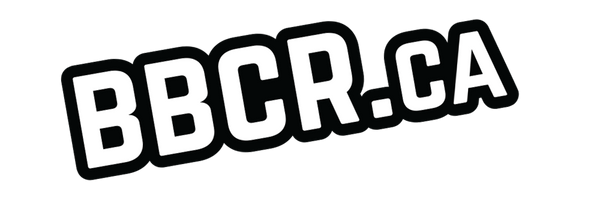
Espresso Maintenance Tips (Manutenzione)
Share

Clean-as-you-go! Our head roaster, Chris, offers more great espresso maintenance tips, ensuring you enjoy your espresso making for as long as possible.
The Espresso Machine. This is my biggest request to ALL espresso makers out there. Please clean your equipment. The oily by-product of brewed coffee will cake onto the machine parts that the espresso comes in contact with due to the high temperatures the machine runs at.
The Coffee. Cleaning this off after a shot, or at the end of the day, will make it much easier than cleaning it on a weekly basis. Not to mention the fact that debris has a negative affect on your final cup. I'm not saying that you have to use the cleaning solution after every shot, a simple pass with a cloth and running clean water through the shower screen is sufficient. If your machine sees multiple shots a day, clean and backflush before switching it off in the evening. If it only sees one or two shots a day, cleaning every second day would suffice. And please don't forget to purge and wipe down your steam wand after every use! A small amount of milk tends to get sucked back up and if it doesn't get purged, will go rancid and block the wand. Hot tip: the nozzle is removable and can be soaked overnight if it's very dirty but I prefer resting the wand inside my milk jug filled with hot water and cleaning solution overnight. Just remember to purge the wand before and after each use.
The Water. The silent killer of espresso machines all over the globe. Hard water, like well-water, has a high parts per million (ppm). This refers to all the minerals present in your tap water, the most common being calcium and magnesium. To help coffee "brew" and become a coffee *solution*, your water needs those minerals and ions. But the higher the ppm, the more coffee is extracted and vice versa. (With lower PPM, your cup will be under extracted.) To get a balanced cup, your water needs to have just the right ppm.
Use these numbers to compare and guide you to the best possible outcome:
Hard Water: 180 mg/l (ppm)
Soft water: 50 mg/l (ppm)
Ideal water: 75 - 250 mg/l (150ppm being the target)
One simple method to measure your water at home is to use the base readings provided by the city of Gatineau. Remember that there is still a lot of pipeline and water will change as it passes through to get to your house. To get the best reading you'll need a TDS reader. Not mandatory, of course, but if you'd like to know, this is the best way.
Hard water not only makes for an unbalanced cup, but it also encourages scale buildup in your espresso boilers and lines. The minerals will bake onto the brass and copper of your machines and could ultimately lead to major repair costs and replacements. By simply knowing what your water reading is going into your machine, you will save yourself a lot of trouble and money. There are many in-line filter systems out there that can help but if you have a machine with a reservoir, buying distilled water and calibrating your water, you can achieve the same results.
The Grinder. Cleaning your grinder is very important to maintain consistency. When beans pass through the grinder, there is always a small portion of ground coffee that remains inside of the grinder. This is known as retention and can be the bane of your coffee calibration existence as no two grinds will be the same weight automatically. A clean grinder will ensure the proper portion dose after dose. Not to mention, the fines that stick to the walls of your grinder will turn into a hot mess that causes blockages in the chute and could put extra strain on your motor. These are some common practices you can exercise to prolong the life of your grinder:
- Remove the hopper (if your grinder has one) and then the excess beans between the burrs. Scoop as much as you can out by hand and simply vacuum up the rest. By using the palm of your hand, 'pat' the top of the grinder to force air and any loose grinders through the burs and chute. Another method involved some grinder cleaner. These are tabs that you run through your grinder in order to get rid of any debris and oils that are still present in your grinder between the walls and burrs. Once the necessary amount has been run through, you simply grind some old beans to push the grinder cleaner out and you are ready for your next brew.
- As a tip, always have the motor running before adding beans or adjusting the grind.
- Opening and cleaning your grinder.
This is a little more invasive and might require some skill. Please do not attempt this method if you are not confident in opening up and rebuilding your grinder yourself.
Each grinder is different but the just of it is still the same. A motor drives the burrs to grind your coffee. Most burrs follow the same philosophy so cleaning one set will be fairly similar to cleaning another. If you are willing to take the risk, I would suggest opening and cleaning your grinder every month at the very least. Remember that some grinders need to be calibrated during reassembly. YouTube is your friend in that regard but feel free to come see us at the studio for advice!
Clearly, there is a lot that you can do in order to prolong the lifespan of your equipment. We highly recommend that you do everything you are able to keep your machinery clean for the freshest and best cup possible! Remember, if you're only having one cup a day, this will lead to it being a great one.
Stay curious.
This article is the fourth in a series about espresso. Did you know the Italians follow the 5Ms: Miscela, Macinadosatore, Mano dell'operatore, Manutenzione and Macchina espresso. Stay tuned if you want to know more about each step! (and if you can't speak Italian!)
